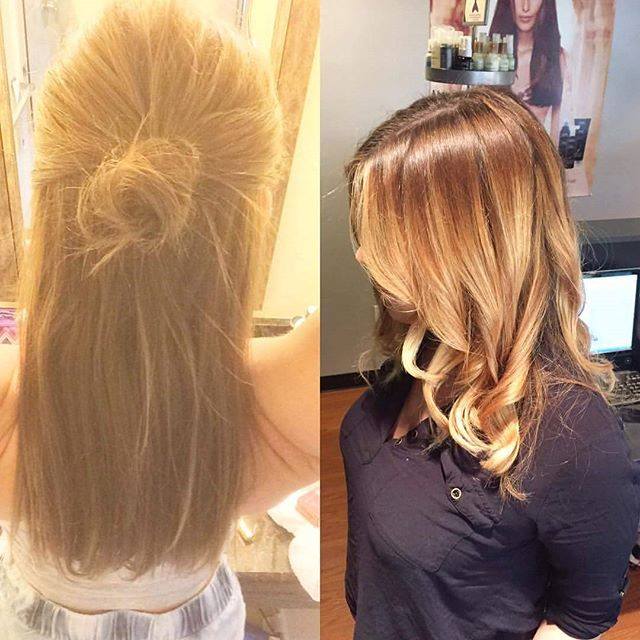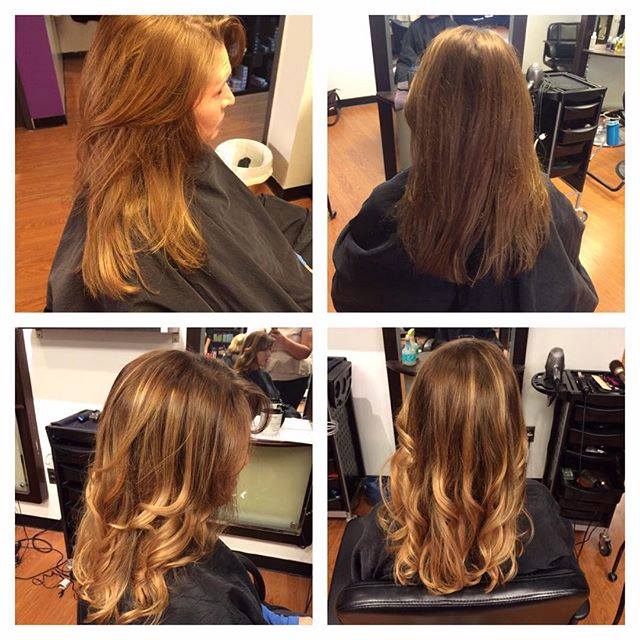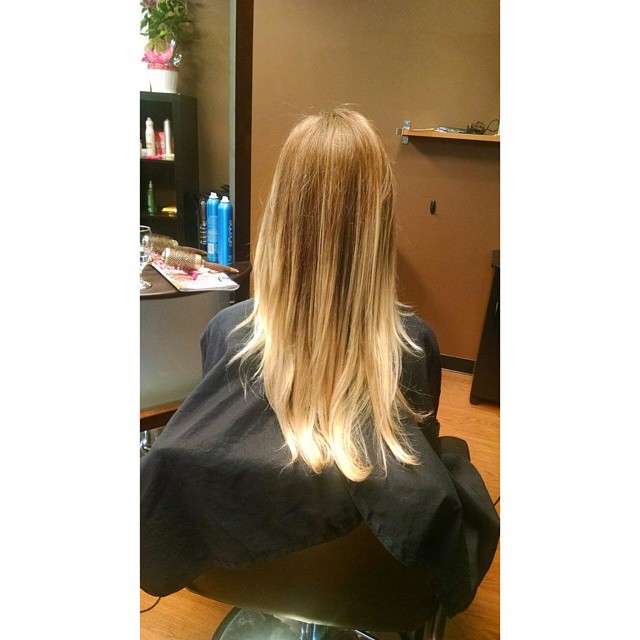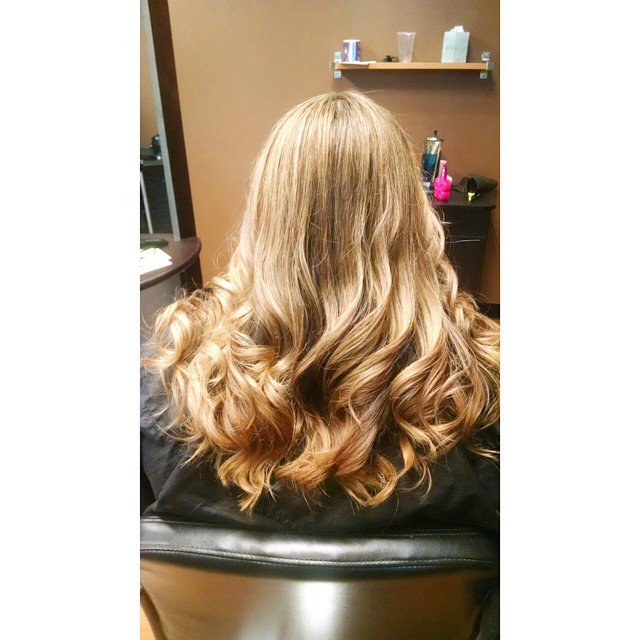Okay, so you have to be living under a rock to have not heard of an Ombre these days. But some of the other terms may be a little less familiar to you. We are here to make sure you know what you are looking for when you are looking at the new trends of the hair world this winter.
We get more phone calls requesting consultations and appointments for them but the reality is when our stylists see the pictures in the consultation, it isn’t always a true ombre that a client is requesting.
So here’s a little hair lingo education for the greater good of the hair world (and help in booking your next appointment!)
First off let’s clarify a big thing: Technique versus Look. There is a huge difference in terminology as well as communication about the service and end result. You can achieve an ombre or sombre with many forms of technique. It is a look or style of color. Balayage, Baby Lights, Foil Highlights and Hand Painting (or free form) are all forms of technique to achieve a specific look. Sometimes we need to combine techniques to achieve the said look. It all is a matter of what the existing hair is including previous color, condition of the hair and the desired end result.
According to Wikipedia: Ombré describes the gradual blending of one color hue to another, usually moving tints and shades from light to dark.[1] The technique is commonly seen as a surface treatment in fashion and art. During the early 21st century it became a popular feature for hair coloring, nail art, and even baking, in addition to its uses in home decorating and graphic design. That being said, an Ombre for us is traditionally a gradual lightening of the hair from roots to ends. It originally shown as a very strong transition, with all the ends of your hair being significantly lighter.

A sombre became popular a few years later after the Ombre hit the fashion scene, mainly because people really wanted to see the achieved look of the gradual blending but without such a large contrast. Traditionally, you will only see a 3 shade difference from root to ends in this look.

Balayage is a form or technique of hair coloring. Balayage actually is french for to paint or sweep which is a really basic description of what your stylist will do with the color or lightener chosen for your look. It gives much less harsh lines, with a much more natural grow in than the traditional foil technique of earlier years. The perk of it is that without the use of any foils or meche, as a stylist you can see exactly where we are placing the color as we work and can adjust if you’d like less or more color around your face etc. It also is great for low maintenance color in the regrowth department (unless you have grey and thats a whole different story) because the roots are not as harsh as foiling. It is a much more gradual lightening. This technique is frequently used for Ombre and Sombre looks.
Hand Painting is very similiar to balayage, the only difference is the saturation of the product throughout the hair. Balayage is traditionally done with the heaviest application of color near the ends, creating a slightly lighter appearance on them.

Foiling highlights is the incredibly traditional yet highly successful form of creating dimension in your hair color. Foils are great for very precise color applications, for those who are trying to blend grey with regrowth to stretch between colors and for achieving some of your lighter shades of color due to the ability to get more lift with the technique.

Babylights is a technique and are done in foils. They are done as a very soft form of highlights, made to be a very natural lightening looking almost sunkissed. They aren’t truly anything new on the market, just a new trendy name taking attention away from the ombre.
There are so many options for dimensional color these days and ways to combine techniques to create a customized color that fits your hair, your style and your budget. The best thing you can do is bring pictures, be realistic with your expectations and have a consultation with your stylist. Our stylists provide free consultations for all of our services. This can help you determine the cost, maintenance and much more.
I hope you learned lots and are ready to book an appointment for your customized dimensional color! ~ Sarah

